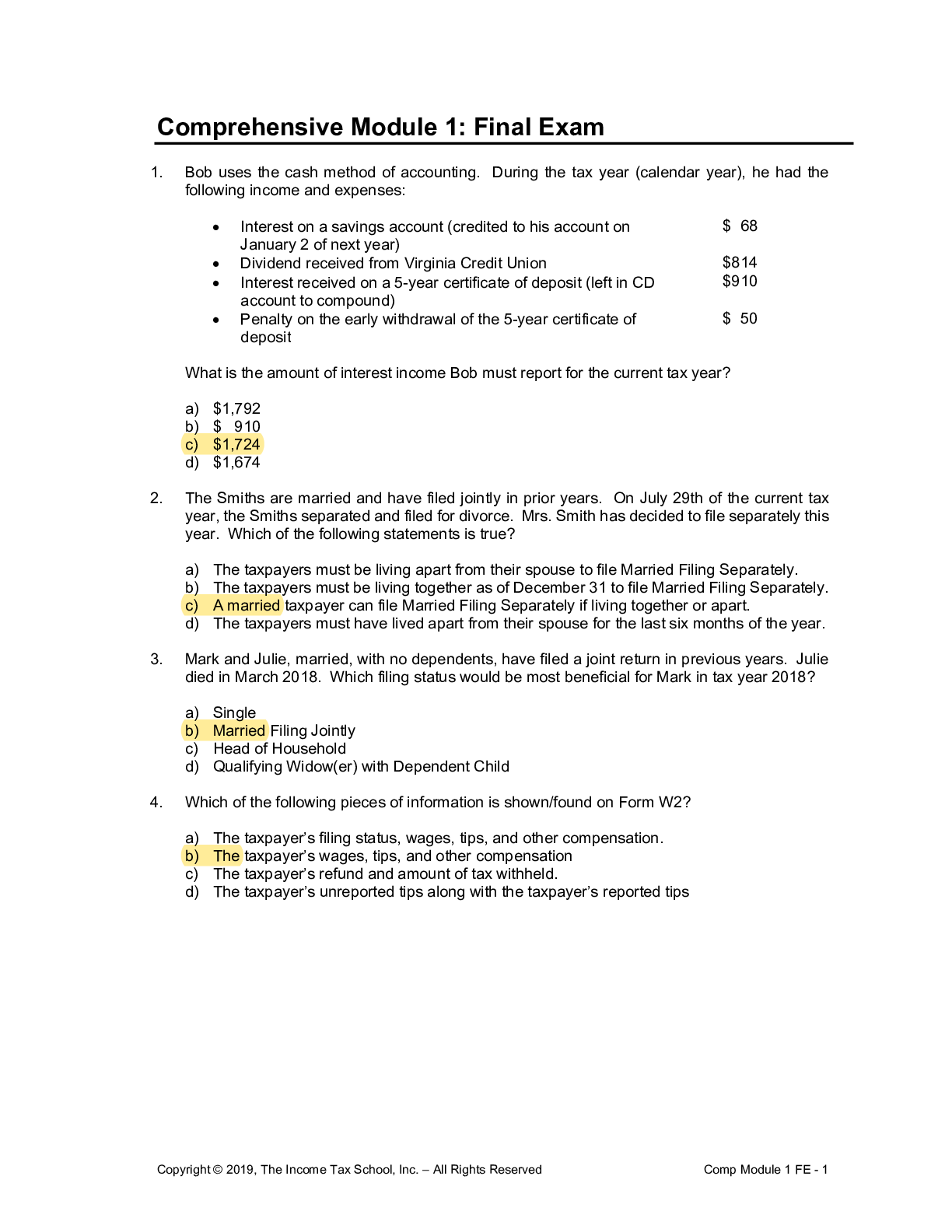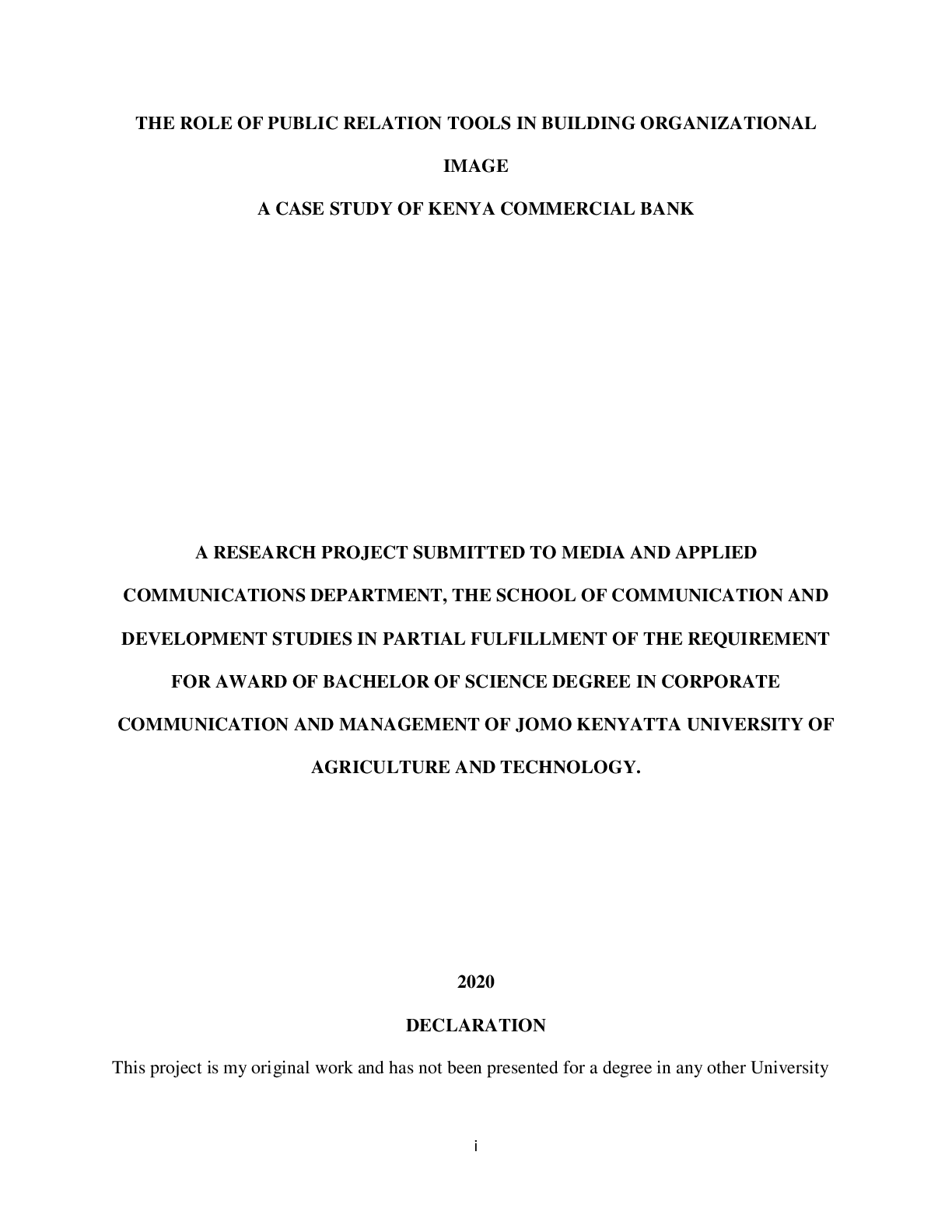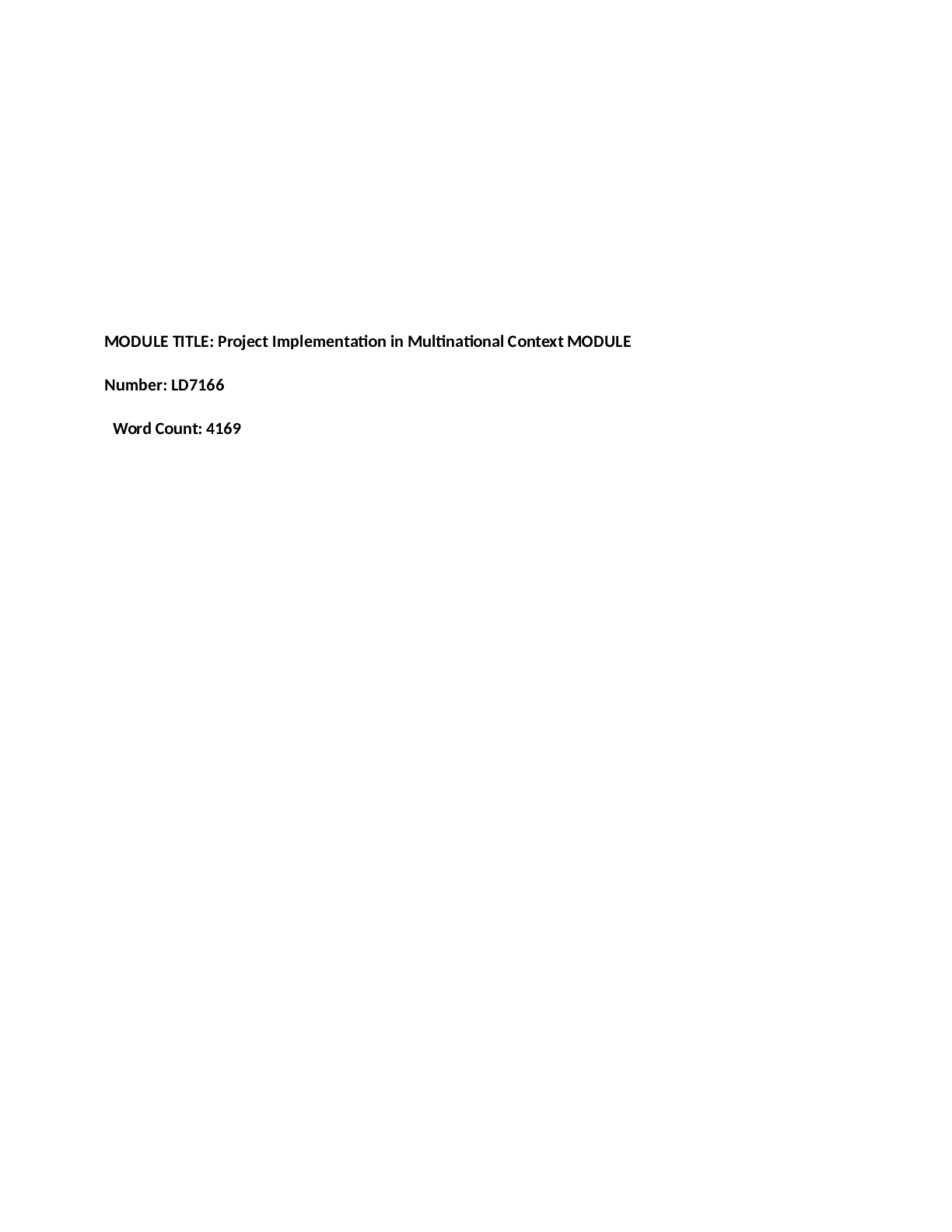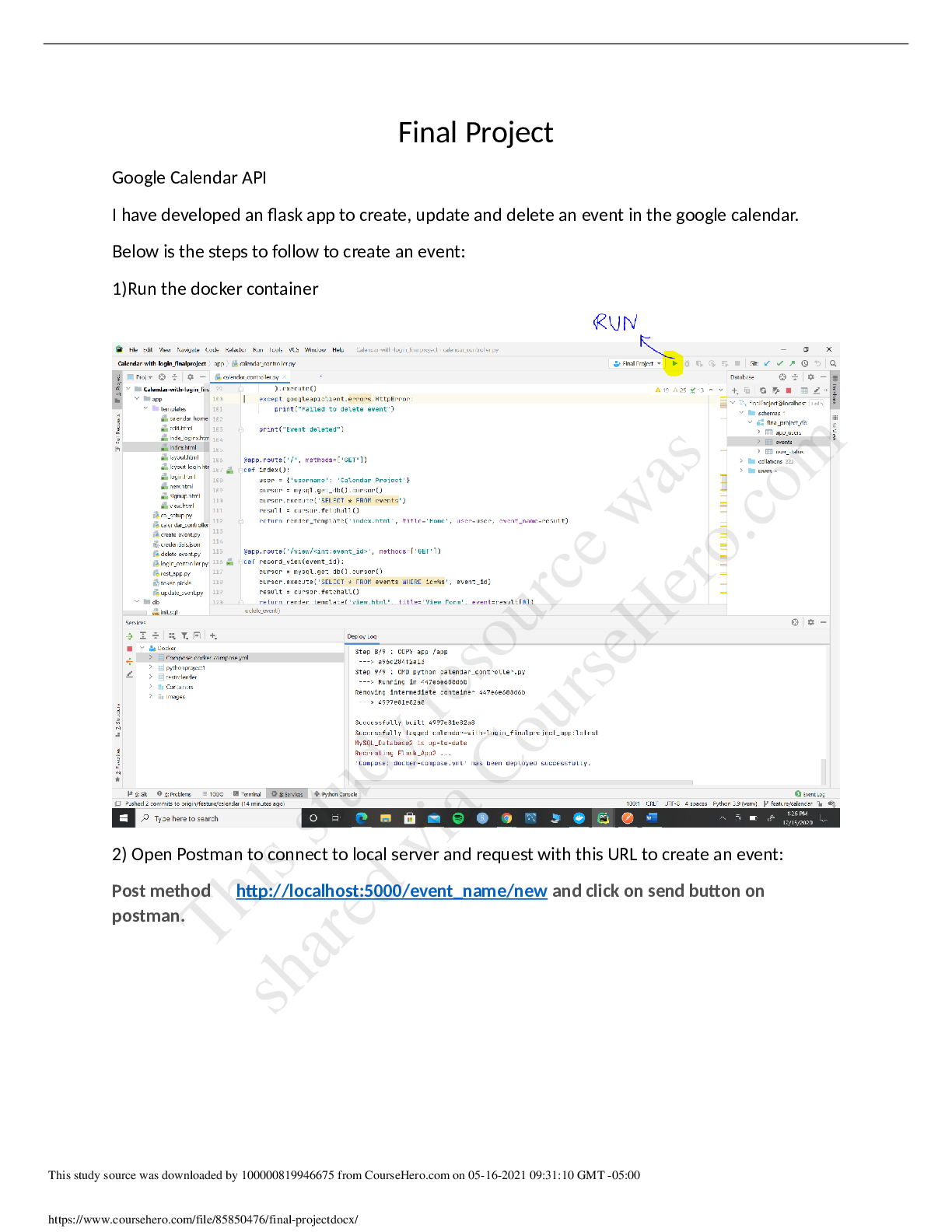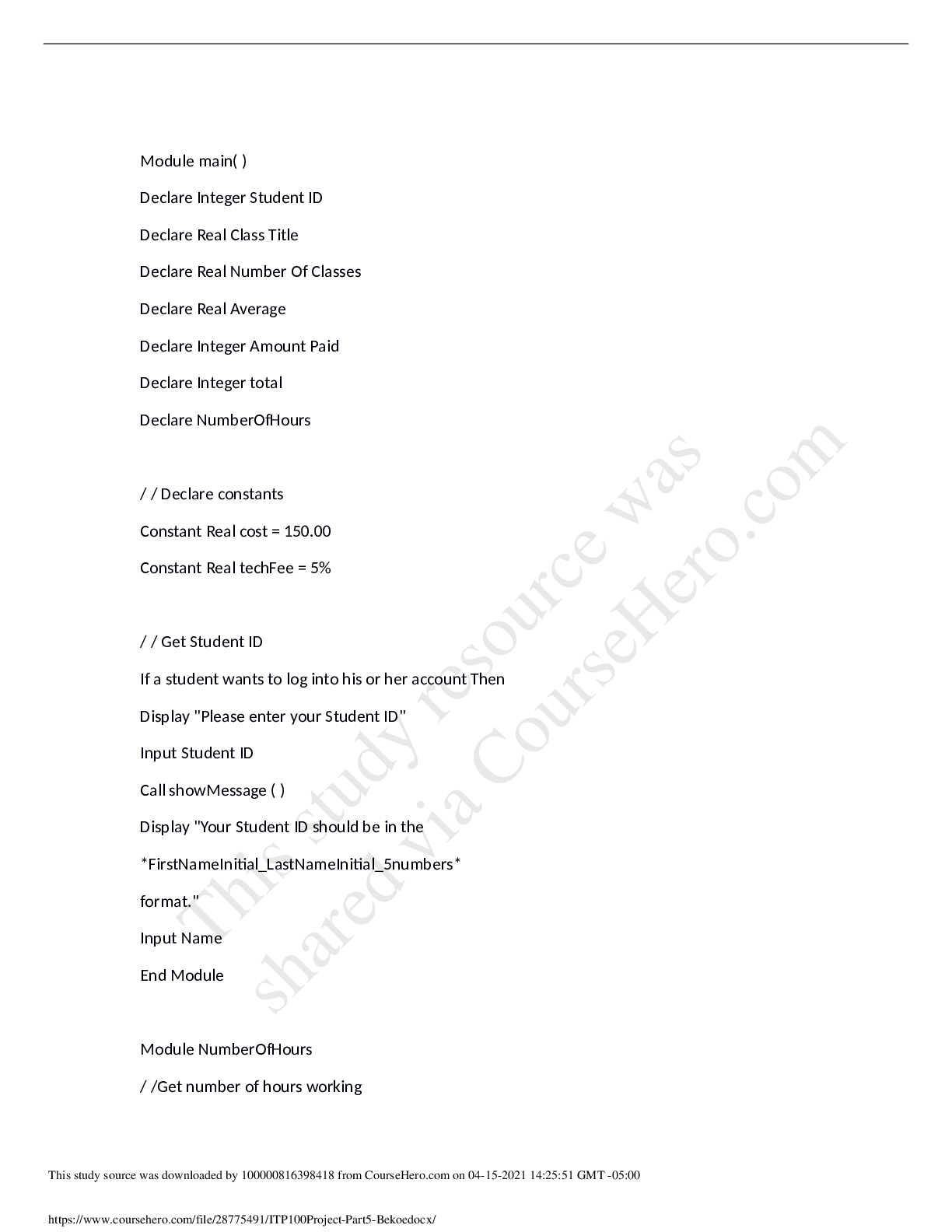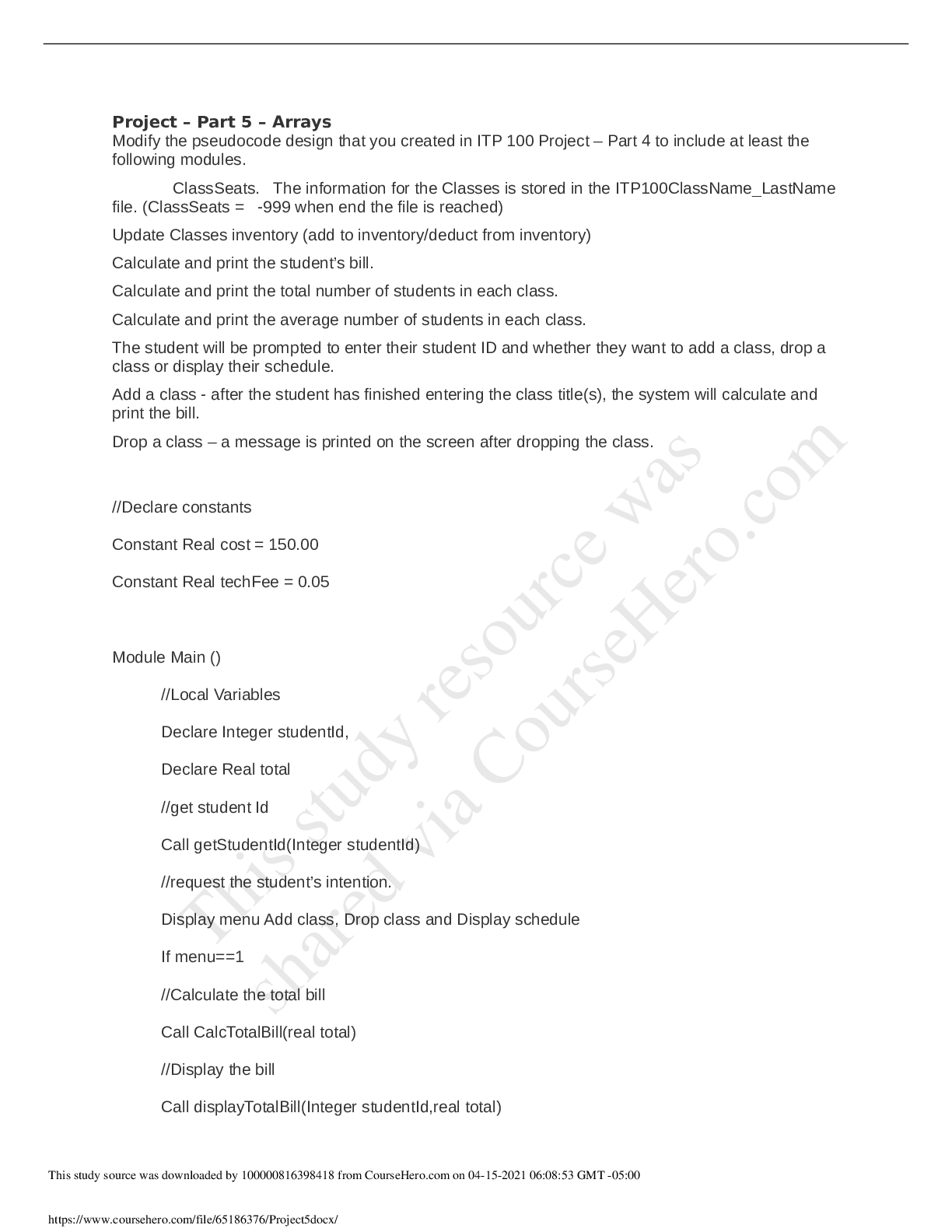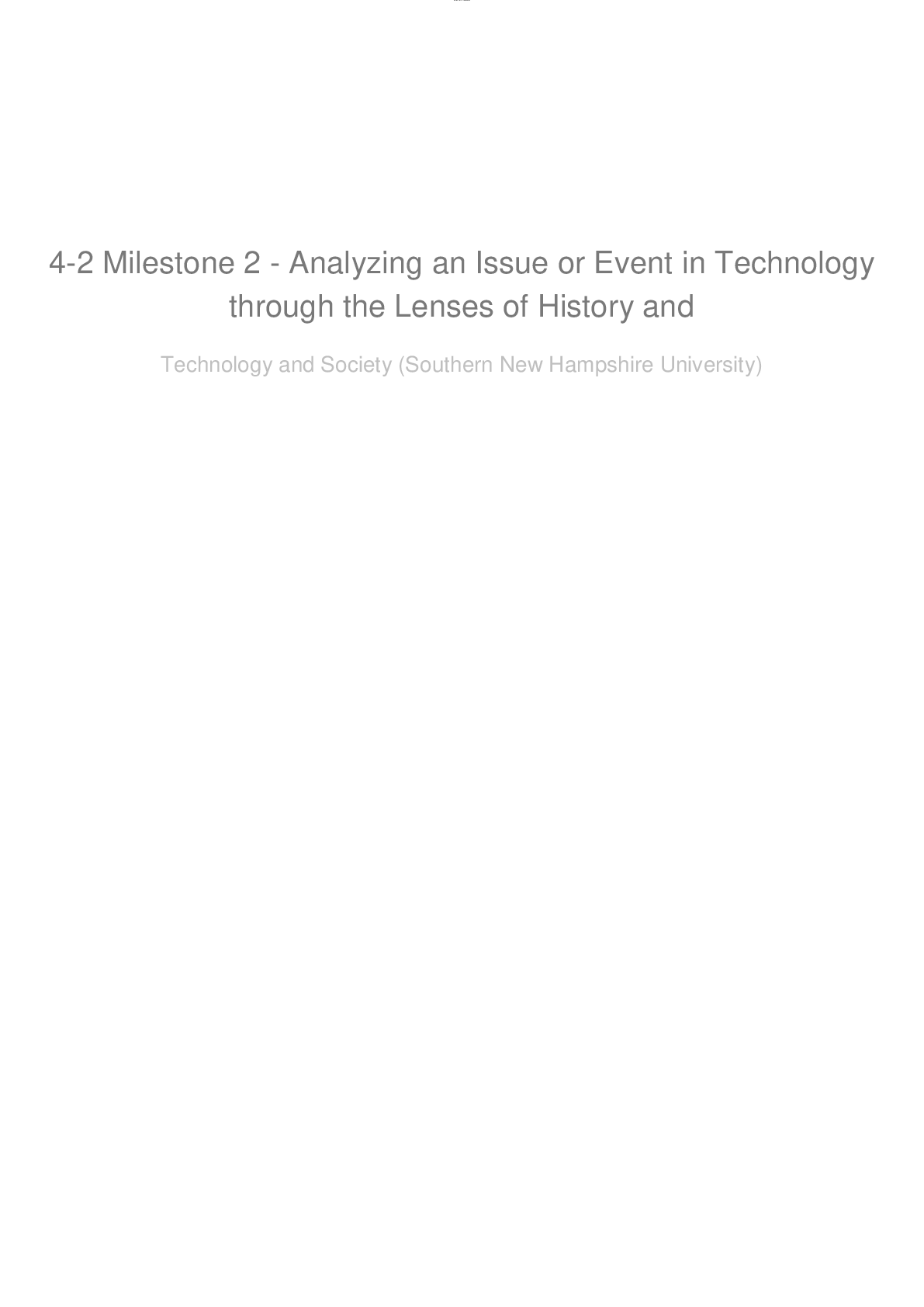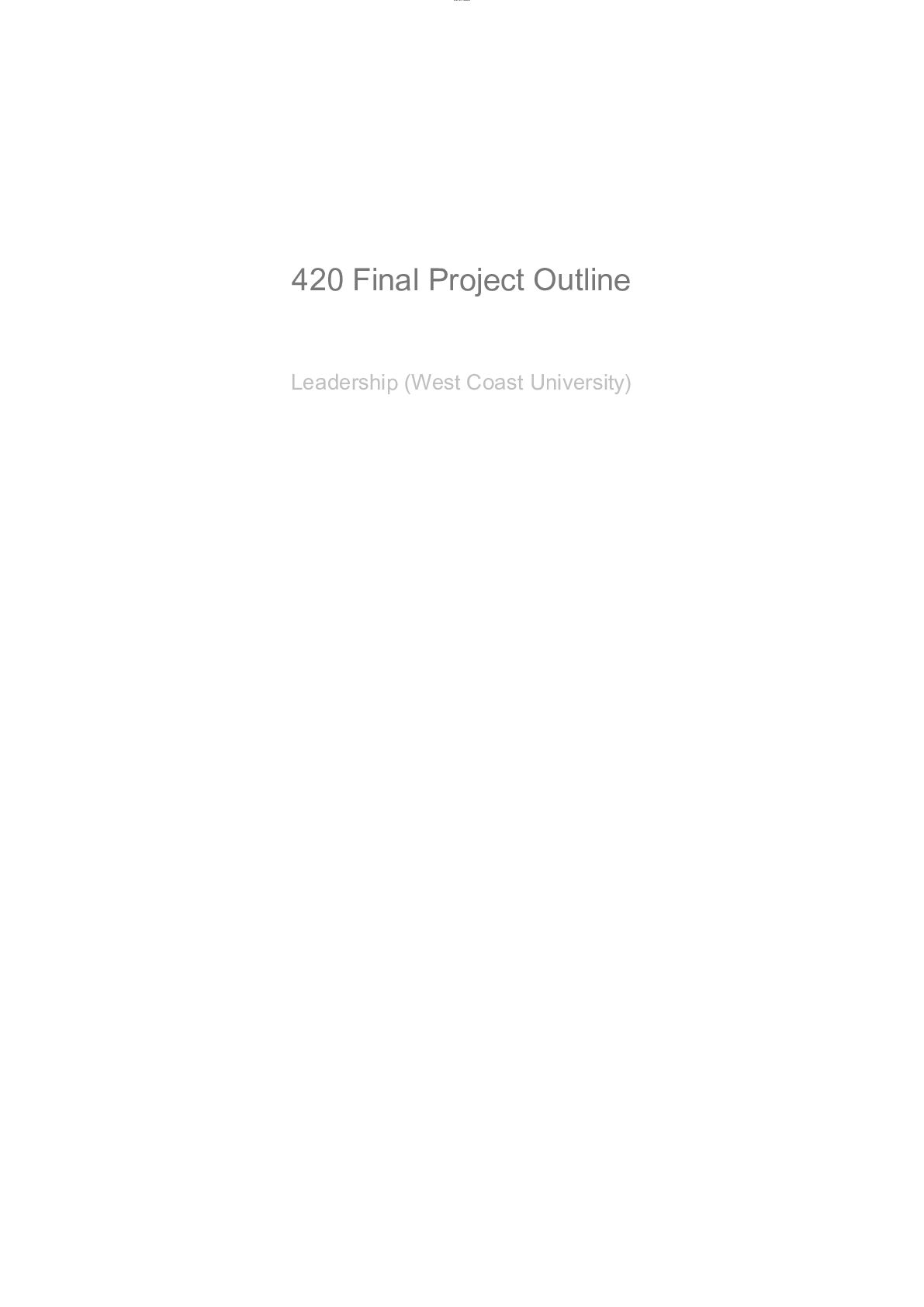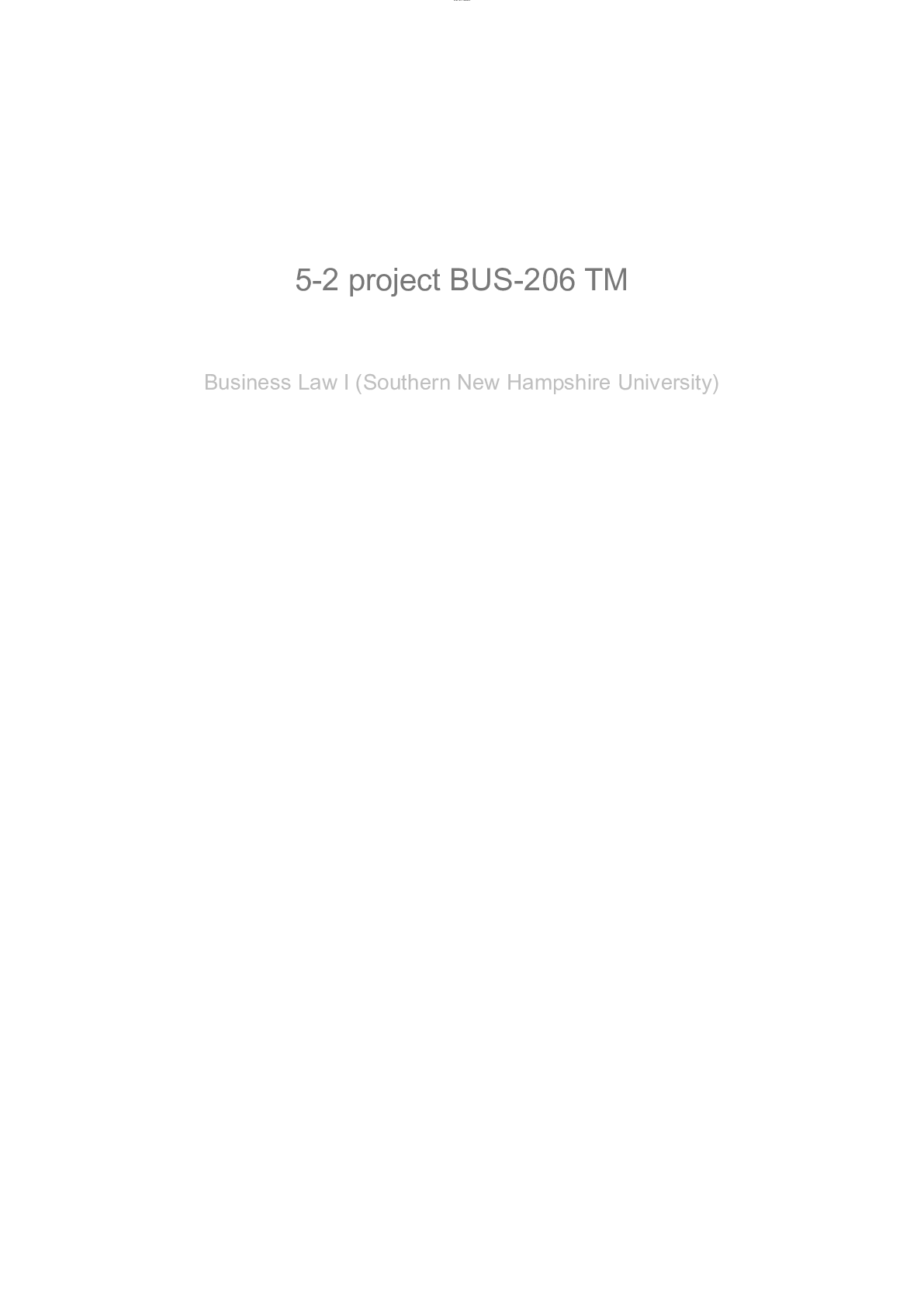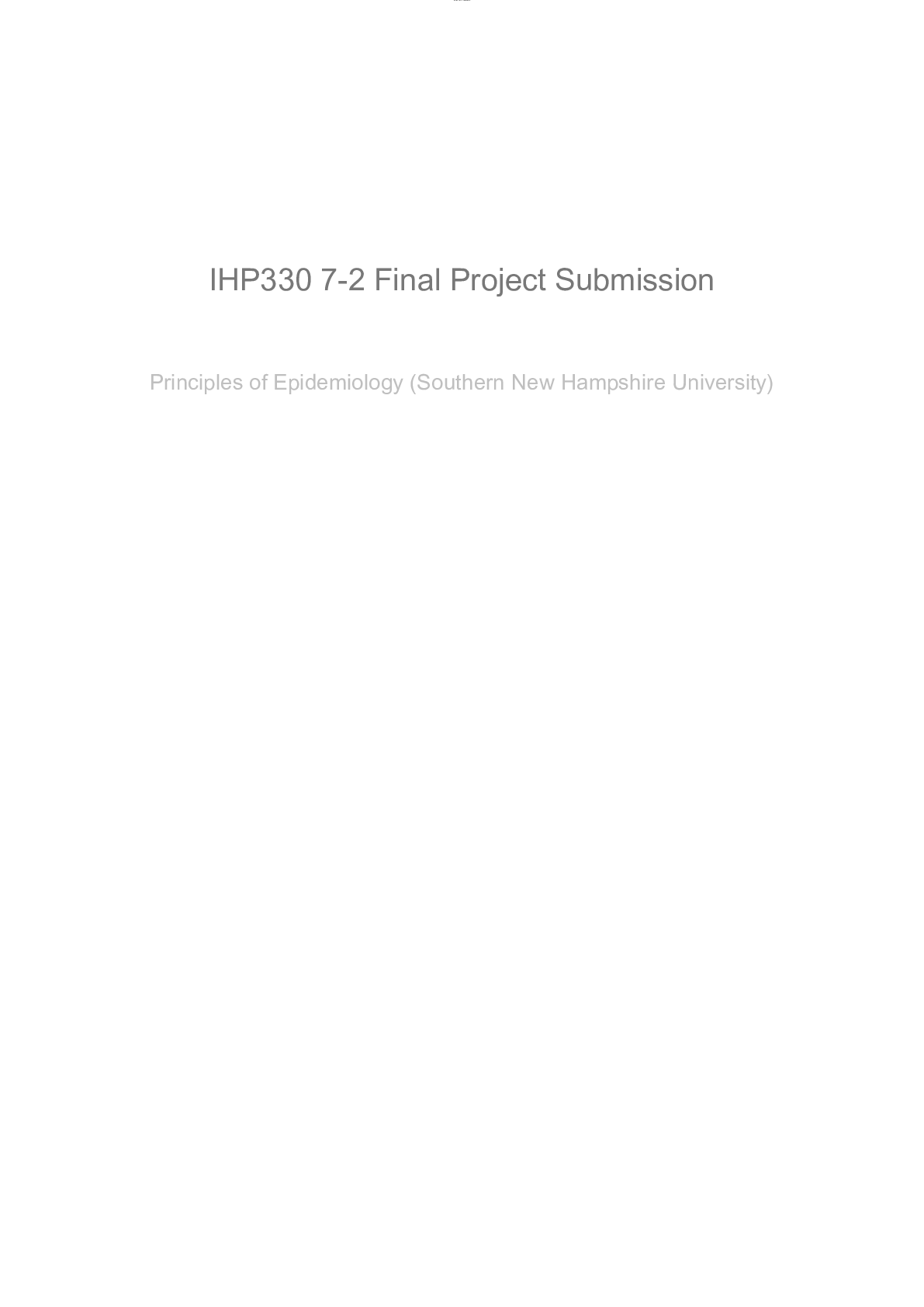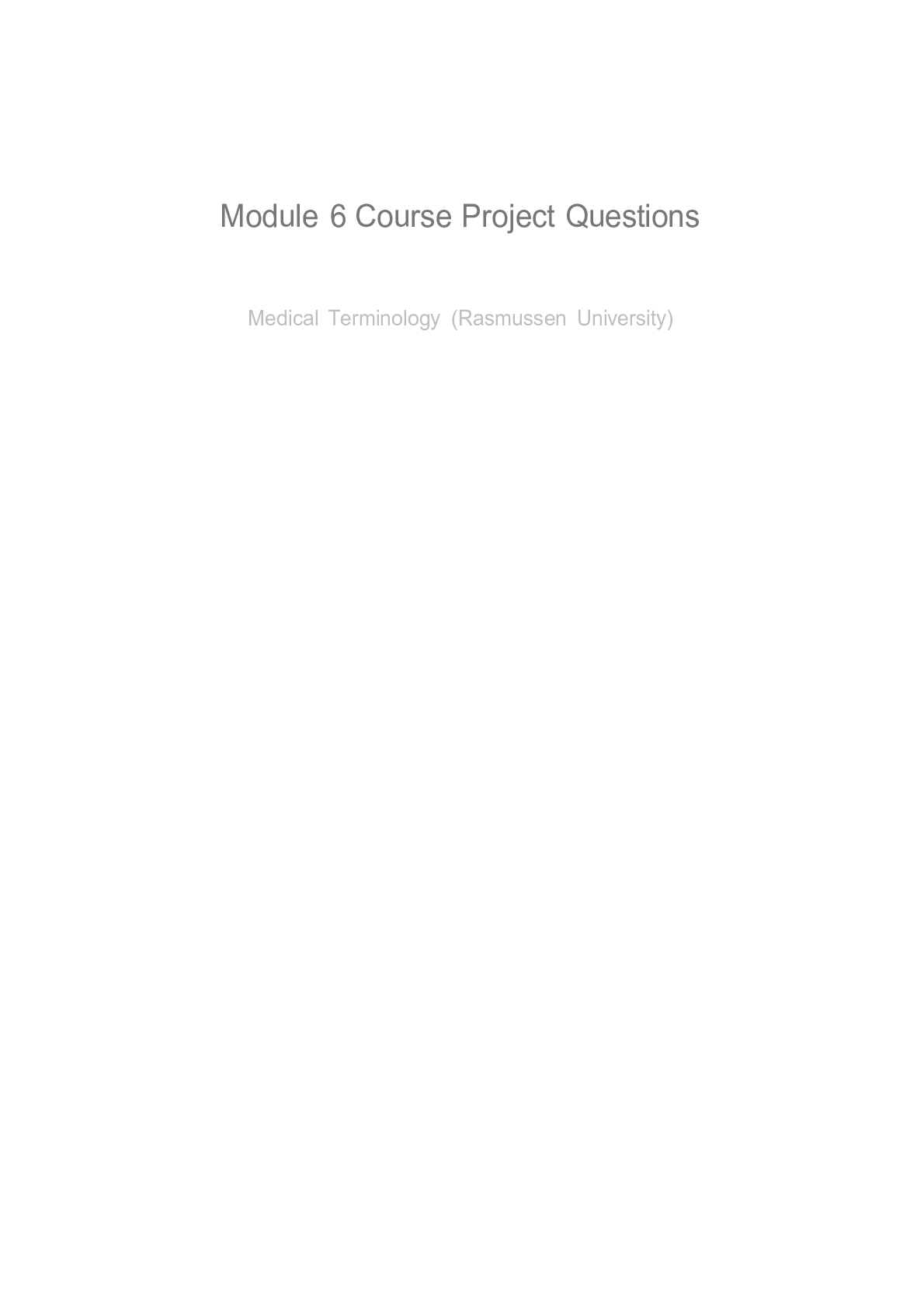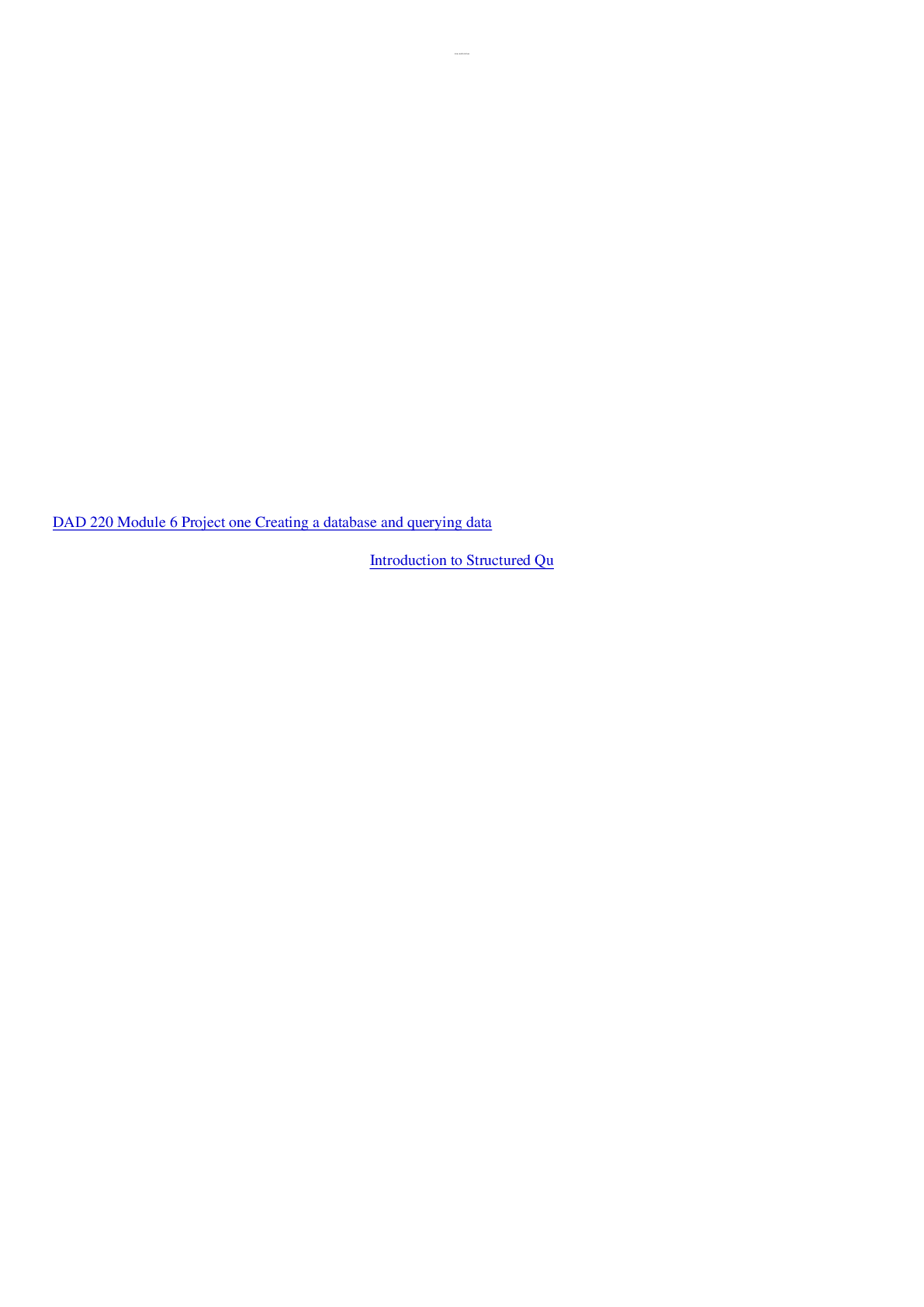THE ROLE OF PUBLIC RELATION TOOLS IN BUILDING ORGANIZATIONAL IMAGE A CASE STUDY OF KENYA COMMERCIAL BANK
Document Content and Description Below
THE ROLE OF PUBLIC RELATION TOOLS IN BUILDING ORGANIZATIONAL IMAGE
A CASE STUDY OF KENYA COMMERCIAL BANK
A RESEARCH PROJECT SUBMITTED TO MEDIA AND APPLIED COMMUNICATIONS DEPARTMENT, TH
...
E SCHOOL OF COMMUNICATION AND DEVELOPMENT STUDIES IN PARTIAL FULFILLMENT OF THE REQUIREMENT FOR AWARD OF BACHELOR OF SCIENCE DEGREE IN CORPORATE COMMUNICATION AND MANAGEMENT OF JOMO KENYATTA UNIVERSITY OF AGRICULTURE AND TECHNOLOGY.
2020
DECLARATION
This project is my original work and has not been presented for a degree in any other University
Sign …………………………………. Date…………………………….
This project has been submitted for examination with my approval as University Supervisor
Sign ………………………………….. Date………………………….
ACKNOWLEDGEMENT
First, I want to thank the Almighty God for His Providence and Grace to assume this course. I really acknowledge my supervisor Nelly for her advice and guidance during the project preparation. I sincerely take this prospect to identify my contemporaries and my lecturers for taking me through and giving opportunity to learn more. To all who in one way or the other have underwrote to writing this research project my heartfelt appreciation to you all and may the All Mighty see you through in your endeavors.
DEDICATION
The research project is dedicated to my family for the unending support this level of academic achievement. I also dedicate this research to my classmates who have helped me shape my career through our day to day interactions.
ABSTRACT
Public Relations (PR) is defined as the ability to create goodwill between an institution and other institutions, and the public. PR creates an external perception from the public which goes far in determining the success of an organization. According to Thompson, (2008), only two perceptions exist; positive and negative and they all influence the performance of an organization. Thompson & Freidrich, (2010) categorized institutional performance into financial performance, employee performance and customer loyalty. In the domestic and international market today, organizations have extended their PR strategies to involve direct contact with prevailing and potential customers in a strength to increase the persons who first encounter their materials before making any decision to buy (Higgins, 2006). Increased promotional bids to target clients and the augmented competitive setting having made it firmer for firms to discriminate themselves exclusively by providing materials or amenities that satisfy all purchaser needs.
This study set out to determine the public relations role tools in building the organizational image. On its successful completion, the study concludes that Media Relations, Community Relations and Social media are key factors to the success of Kenya Commercial Bank. Appropriate leadership will in essence coordinate the process of implementation of the said strategies so as to ensure proper management is observed. Additionally, timely and proper communication is also important in aiding proper CSR practices and impactful media releases.
TABLE OF CONTENTS
DECLRATION ii
ACKNOWLEDGEMENT iii
DEDICATION iv
ABSTRACT v
CHAPTER ONE 9
INTRODUCTION 9
1.1 Background 9
1.2 Statement of the problem. 14
1.3 Objectives of the study 15
1.3.1 General objective 15
1.3.2 Specific objectives 15
1.4 Research questions 15
1.5 Justification 15
1.6 Scope of the study. 16
1.7 Limitations of the study 17
CHAPTER TWO 18
LITERATURE REVIEW 18
2.1 Introduction 18
2.2 Theoretical review 18
2.2.1 Persuasion theory 18
2.2.2 Lippmann’s theory of public opinion 19
2.3 Conceptual Framework 20
2.4 Review of variables 21
2.4.1 Media Relations 21
2.4.2 Social media 22
2.4.3 Community relations 24
2.5 Empirical review 25
2.6 Critique of existing literature 28
2.7 Research gap 29
CHAPTER THREE 31
RESEARCH METHODOLOGY 31
3.1 Introduction 31
3.2 Research Design 31
3.3 Target population 31
3.4 Sampling technique 32
3.5 Sample Size 32
3.4 Data Collection 33
3.5 Data Collection Procedure 33
3.6 Pilot Testing 34
3.7 Data Analysis 34
CHAPTER FOUR 35
RESEARCH FINDINGS AND DISCUSSION 35
4.1 Introduction 35
4.2 Demographic information 35
4.3 Response Rate 35
4.4 Response by gender 36
4.5 Media Relations 36
4.6 Community relations 41
4.7 Social media 45
CHAPTER FIVE 49
SUMMARY, CONCLUSION AND RECOMMANDATION 49
5.2 Summary of Major Findings 49
5.2.1 Media Relations 49
5.2.2 Community Relations 50
5.2.3 Social media 51
5.3 Conclusion 51
5.4 Recommendations 52
REFERENCES 53
RESEARCH QUESTIONNAIRE 56
CHAPTER ONE
INTRODUCTION
1.1 Background
Organizational image is described as insiders’ insights of how interlopers view the organizational the projected organization veneer, stakeholder perceptions of an organization and as an umbrella term encompassing all reputational aspects of an organization (Wartick, 2002, Bromley, 2000). Brown et al. (2006) explained image as combining intended image, or an organization seeking to shareholders, and interpreted image, or the ideal organizational associates of how external shareholders sight the institute.
Organizational image refers to a substantial influence not just on institutional identity establishment, but also relating to organizational associates social identity, Dean, (2006). Concerning the social identity theory ritual, scholars have established that the institutional image enlightens the organizational members thinking themselves as organizational affiliates. This research naturally assesses the interpreted external image and claims that this image led organizational members questioning how interlopers think of them due to their organizational associates (Dutton, Duckerich, & Harquail, 1994).
The research recommends that a positive institutional image definitely inspirations organizational recognition as organizational associates gain an optimistic social uniqueness from their institutional affiliates. The organizational image attractiveness leads associates to recline in the replicated glory and attain self-affirmation throughout organizational relationship. A negative institutional image, nonetheless, is planned to guide organizational misidentification, depression, pressure, and discomfiture. Because members intend achieving a positive social individuality, opportunities, and status, a negative institutional image is perceived a threat to the members’ forming a positive self-image and hence a reduction in organizational recognition is estimated.
Public relation is “management of communication between an organization and its publics” Grunig and Hunt (1984) Grunig and Hunt (1984) Grunig (1992) hold unto the view that PR experts contribute a key role of institutional boundary-spanner and accomplishing strategic management duties. The PR goal is not just disseminating information, but also facilitating mutual considerate and agreeing conflicts amidst an institution and its publics.
“Public relations is the management function that identifies, establishes, and maintains mutually beneficial relationships between an organization and the various publics on whom its success or failure depends.” (Cutlip, Center and Broom)
The PR objective is mainly persuading the public, depositors, partners, workers and other shareholders to preserve a particular viewpoint about the organization, its management and products. PR’s mutual activities involve conferences talks, winning industry rewards, press working, and worker communication.
Consistent with Public Relations Society of America (1982), “Public Relations helps an organization and its publics adopt mutually to each other.” Its basic functions are research, scheduling, communication, dialogue and assessment. Hence, PR is a strategic communication procedure building mutually helpful relationships between institutions and their populaces.
Edward Bernays & Lee (1900) definite Public Relations as a management purpose, which organizes public approaches, defines the strategies, procedures organization interest, trailed by executing a platform of action to receive public indulgent and acceptance.”
Public relation tools can help encourage positive attitude and behavior towards a business converting interested consumers to clients. PR apparatus are very lucrative and often gives you superior degree of reach to the target audiences.
Public relation practice uses the following tools to help it serve its functions;
Social media is contributing a key role in encouraging customer service experiences for organization. Taylor and Kent (2007) revealed that using social media in crisis communications is a rational one because websites are controlled channels through which institutions can interconnect directly with the media or the public. It lets a person bypass the social media to move direct your clients. Using social interaction sites such as Facebook and Twitter enables a person to trail and be monitored by journalists, drive web traffic, control issues by replying quickly to censures or negative insights, and increase disclosure for one’s business product. KCB Bank has realized the importance of having an online presence and they have functional social media platforms on Facebook, Twitter, Instagram, LinkedIn and YouTube.
Media relations focuses on giving information through media networks to maintain how a business is displayed by the broadcasting. Media tools may include emancipating media accounts and fact sheets, posing on-site media tours to promote journalists report positive communications about a business, and utilizing social media getting journalists attention and tracking journalists reporting in market. By evolving good media interaction lists and establishing relationships with journalists pitching media announcements and story thoughts, you can utilize local, provincial or state broadcast to encourage your commercial and manage risk issues or disasters affecting your corporate. KCB bank has a good media rapport which helps it get the media to cover their stories or events.
As stated by Palmer (2005) sponsorship encompasses venture in an event or a cause acceptable that an institute can accomplish its purposes. Sponsorships are better for business. Backing a non- profit cause might help building goodwill feelings and loyalty feelings towards your corporate. Community firms may encompass an exchange of resources or in-kind welfares to grow a resident community organization for gains that encourage your business status. KCB Bank has been sponsoring the national cross nation and the nationwide championship from 2007. This has led to immensely to Kenya’s achievement in the World Championship while enabling a bank accomplish and build relationship with its clients across the realm.
Palmer (2000) indicates that key events are a prospect for two-way discussion amid the media and organization. Event and sponsorship Duncan (2002) words are designed to establish involvement and strengthen the marketing communications activities in an organisation. Events are prospects for business persons to attain businesses exposure, promote new merchandises or services and ensuring accurate info reaches targeted clients.
From a sales view point, events are a prospect to counter client doubts and building customer poise. They can assist research market and contestants, and building your mailing incline. Making sure going to the event prepared with marketing supplies to distribute and a way to gather info and client details. KCB Bank has been hosting the national cross nation and the countrywide championship since 2007. During this events KCB Bank usually gets to reach their target audience and increases their brand awareness to the publics.
Employees’ relations involve internal advertising communicating an effort intended at informing employees regarding marketing agendas as well as heartening their support which impact the organization image (Wells et al., 2005). Workforces are business ambassadors and brand. Most larger industries conduct worker relations – establishing business culture and group relationships by allotment info, promoting engagement and instilling pride sense in business accomplishment. This can advance teamwork, workforce retention and efficiency, and ensuring staff are demonstrating your business reliably and with correct messages.
According Leeper (2004) recognizing communal as the setting within which institutions operate and identifying the importance to administrations of establishing strong community’s relations, is a good backdrop for the organization. Building good associations with community members helps building customer loyalty. Appealing local shareholders and policy makers’ aids building profile and influence level, helping a person to attract more clienteles through word-of-mouth and guaranteeing your business welfares are factored into community policy making. KCB Bank has 2jiajiri program and initiative to help fight unemployment and poverty in Kenya. The wealth creation program seeks to catalyze employment and wealth among micro-entrepreneurs and the youth.
Print or emailed newssheets are a better way of promoting business, communicate with clients and keeping informed of new services. Regular newsletters can fortify your personal networks with clients and reflect business brand and personality. A good written newsletter provides valuable information to your customers. KCB Bank emails each customer who has subscribed to receive their newsletters in order for their customers to stay informed with what they have been up to.
Brochures or collections can assist keep your clients thinking about business and its services.
Proper brochures and catalogues offers clients confidence in a brand, and assist in driving consumers to website or store. Info encompassed in business brochures and catalogues are effectively reworked for a website, assisting doing business online. KCB bank has brochures in stationed their banks where people fill their bank slips and at the teller’s desks. Their customers can access the brochures anytime and get to know what new services they are offering.
1.2Statement of the problem.
Corporate image is among the most important assets of an organization. As said by Rayner (2003), business image discusses clear-cut compensations and rights on companies. It shows difficult to emulate and creates errands. Whereas, the responsibilities that managers and the group owe meet the personal employee standards, the quality customers’ standards, the ethical community standards and the profitability morals of the savers.
In this case, organizations tolerate their business image by constructing strong and supportive relations with all of their residents- i.e. customers, providers, depositors, community, administration (Formbrun, 1996). Organizations attempt creating, maintaining, and in some regaining a sincere image of themselves in the eyes of their shareholders.
Organizations today spend an amassed resources amount on building striking, dissimilar, and legitimate structural images using commercial branding, corporate communication, or celebrity endorsement as well as culture management to get the organization a positive image. Organization can instead use public relation tools like social media, media relations, customer relations and community relation which can help promote positive attitude and behavior towards a business that will assist converting engrossed consumers to clienteles. PR tools are lucrative and often gives you bigger degree of reach to the target audiences.
The main problem in the study is that despite the availability of these tools of PR, some organizations have not managed to persuade the public of their positive side. Additionally, Kimberly, (2010) denotes that the tools used for PR purposes are the same tools that can be used for propaganda, thus tarnishing the image of an individual or an institution. This view shows the double standard the PR tools where they can be used for corporate image construction and even image destruction.
1.3 Objectives of the study
1.3.1 General objective
Determining the role public relations tools in constructing the image of the organization.
1.3.2 Specific objectives
1. Examining the role of media relations in building the image of an organization.
2. Examining the role of social media in building the image of an organization
3. Examining the role of community relations in constructing the organizational image
1.4 Research questions
1. What is the role of media relations in building the image of an organization?
2. What is the role of social media in building the image of an organization?
3. What is the role of community relations in building the image of an organization?
1.5 Justification
[Show More]
Last updated: 3 years ago
Preview 1 out of 59 pages
.png)


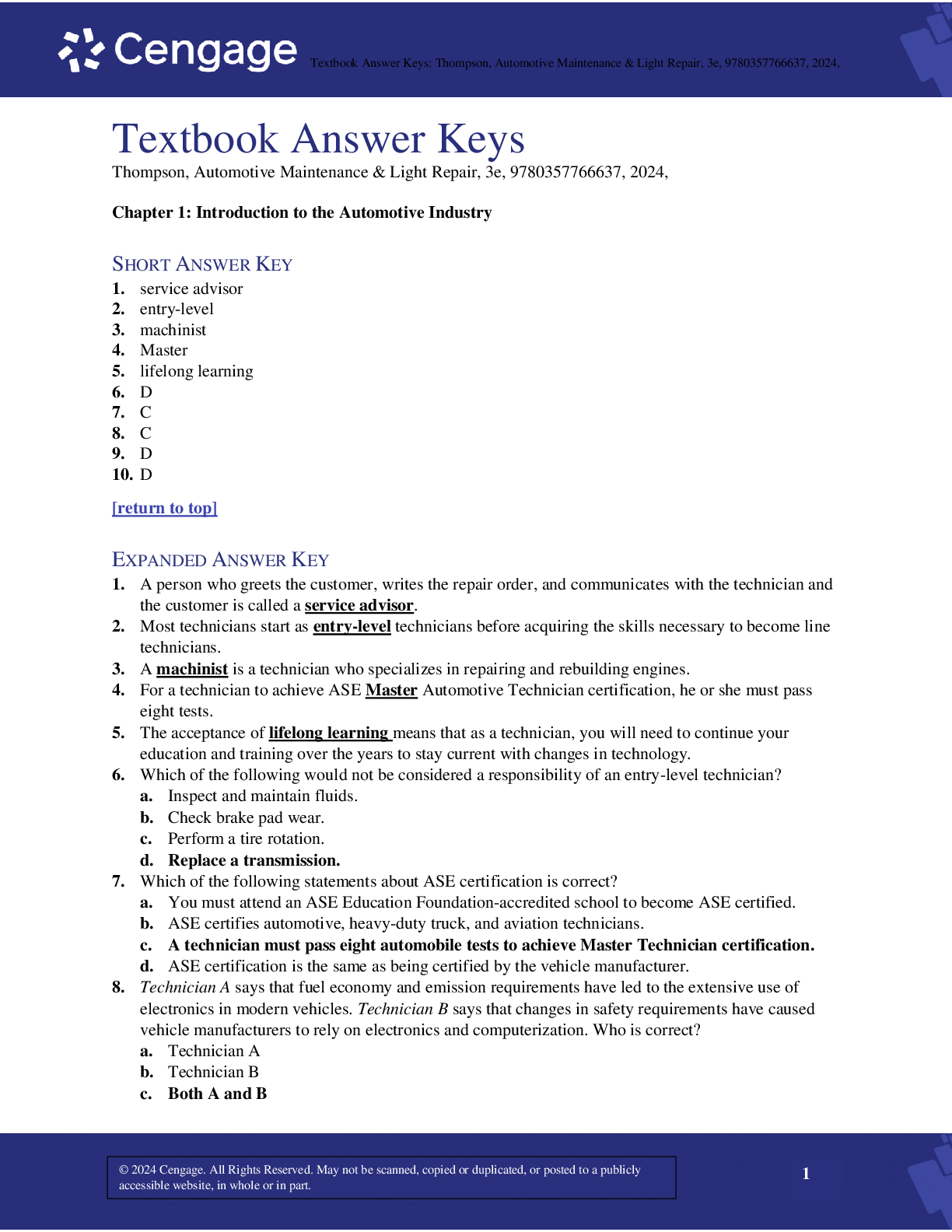

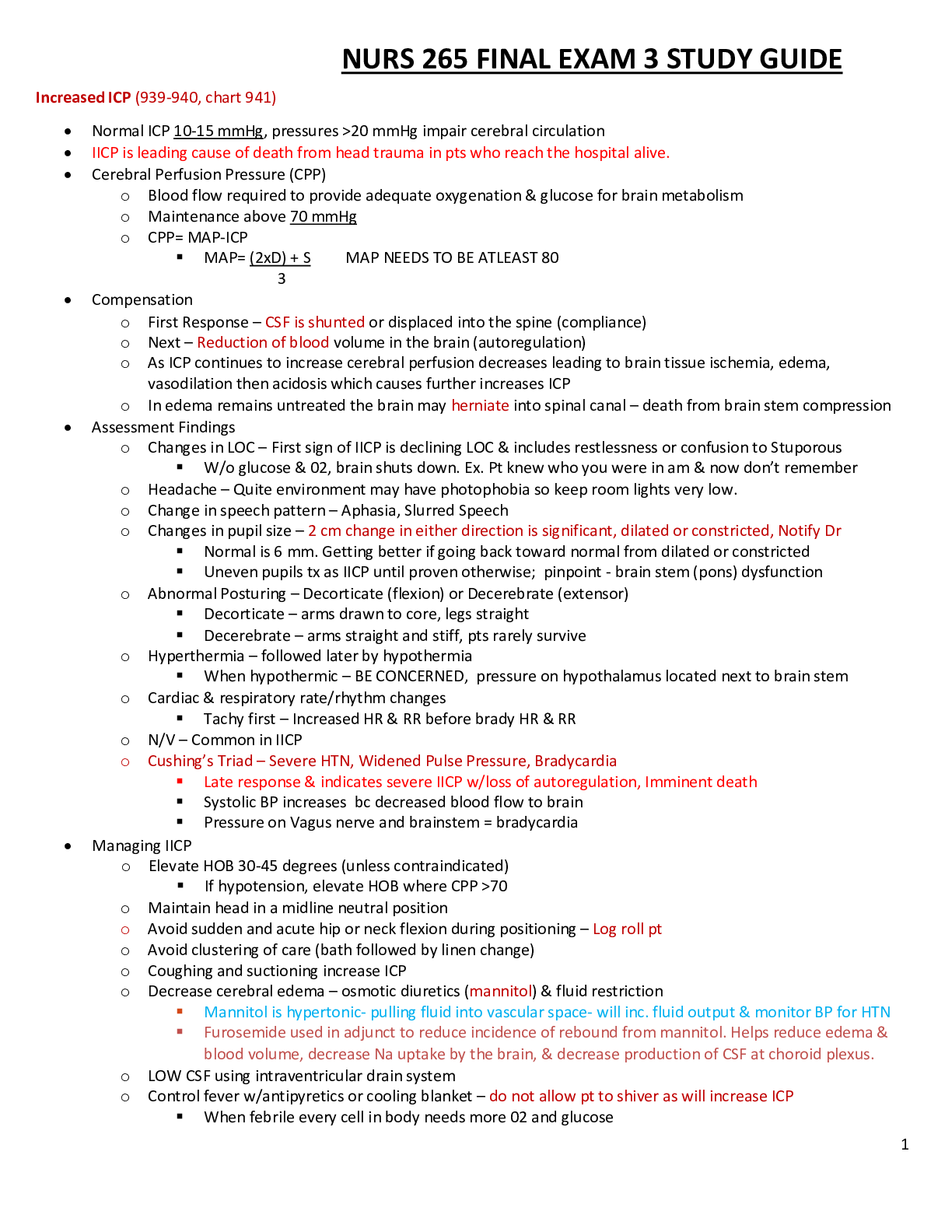
.png)
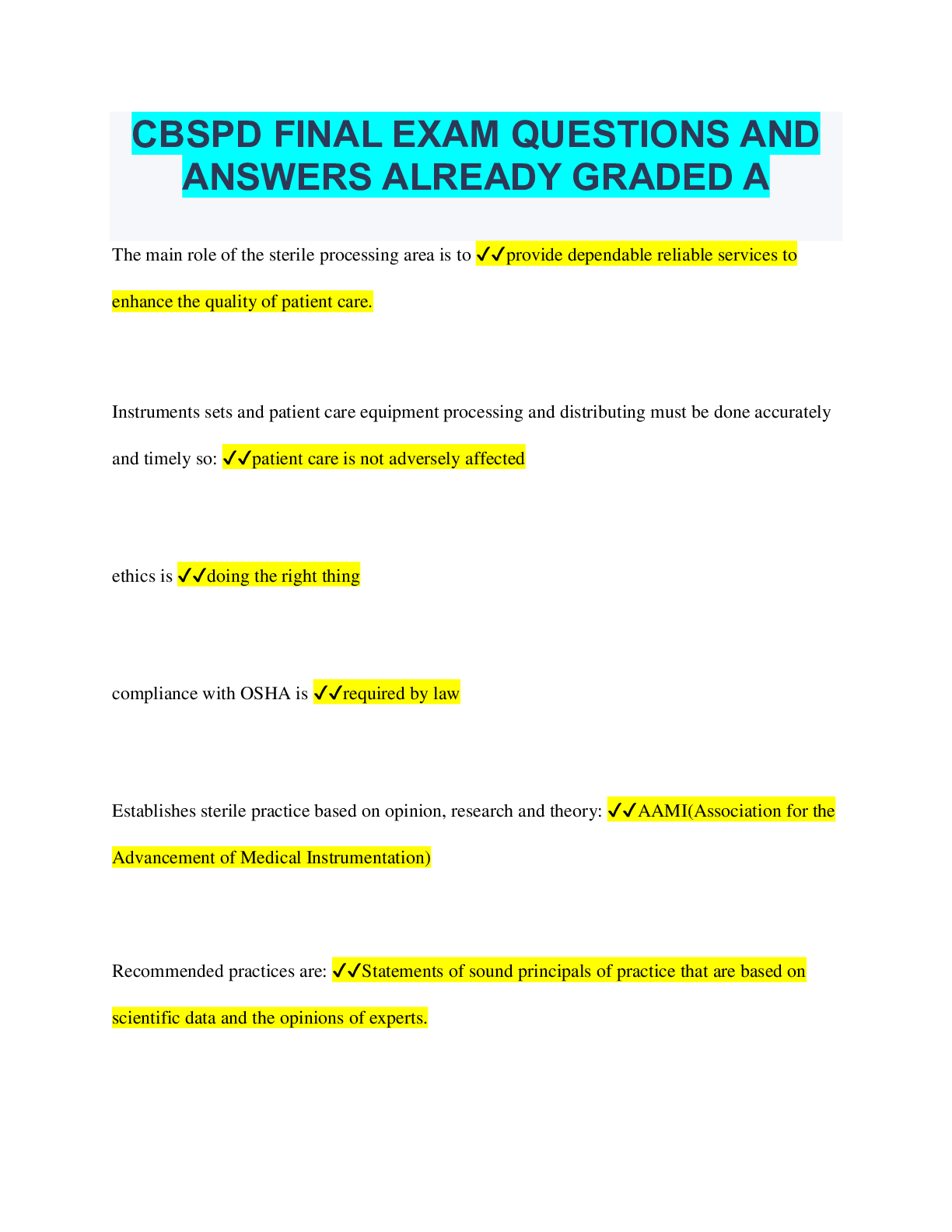
.png)
